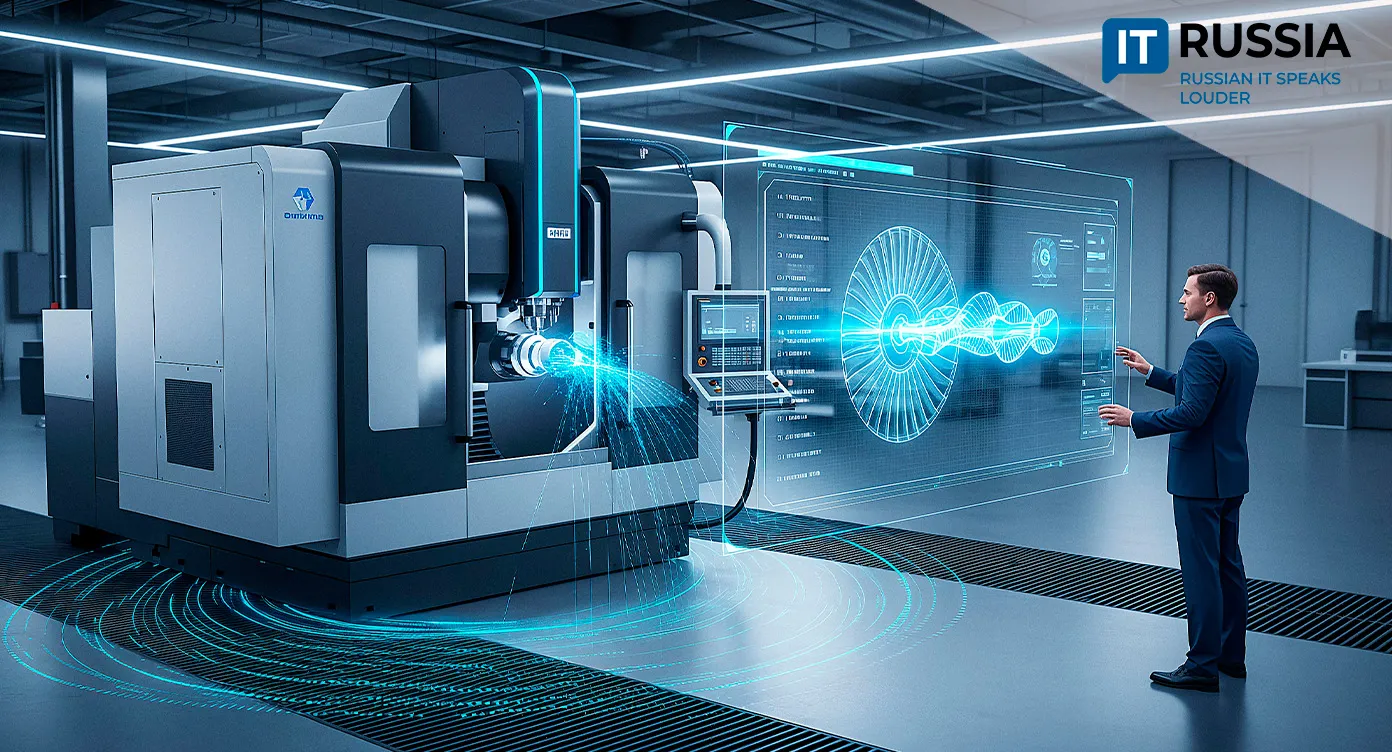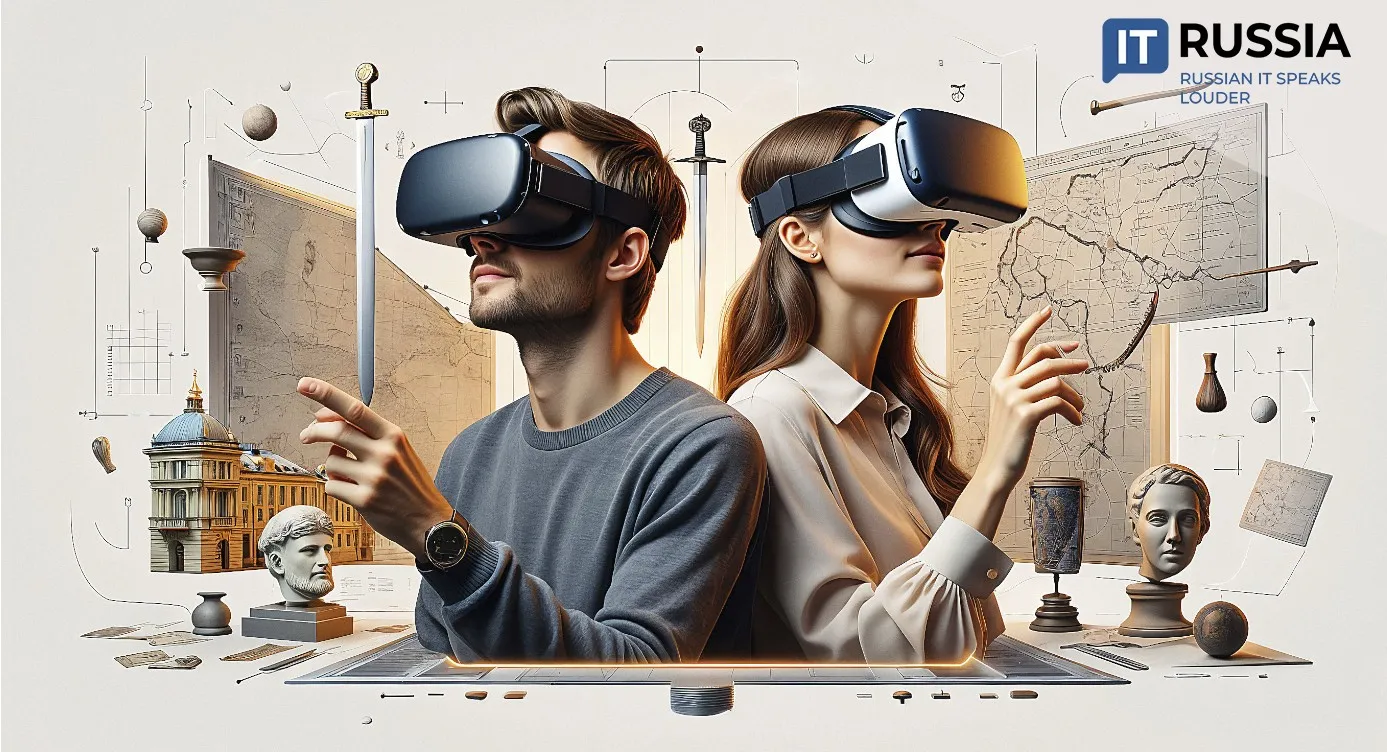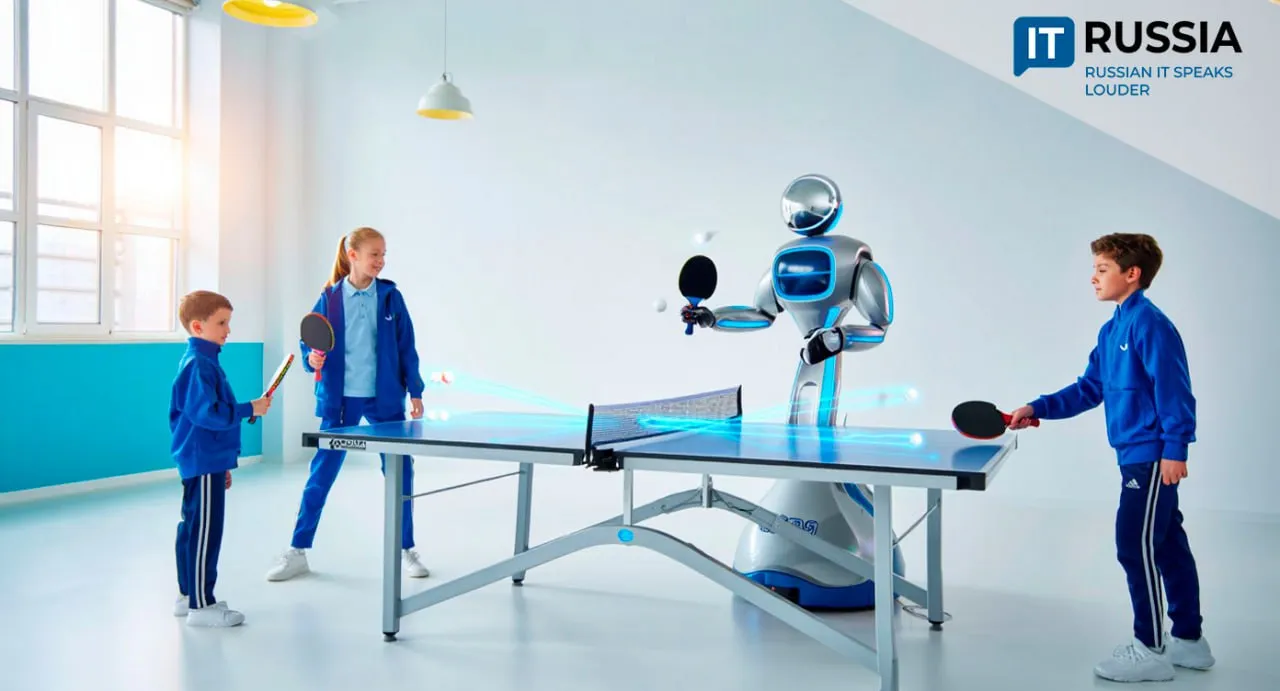Volgograd Medical Students Train in Virtual Operating Rooms
Using VR headsets and high‑fidelity simulators, medical students step into digital operating rooms where they learn to handle critical situations without fear, risk, or blood.
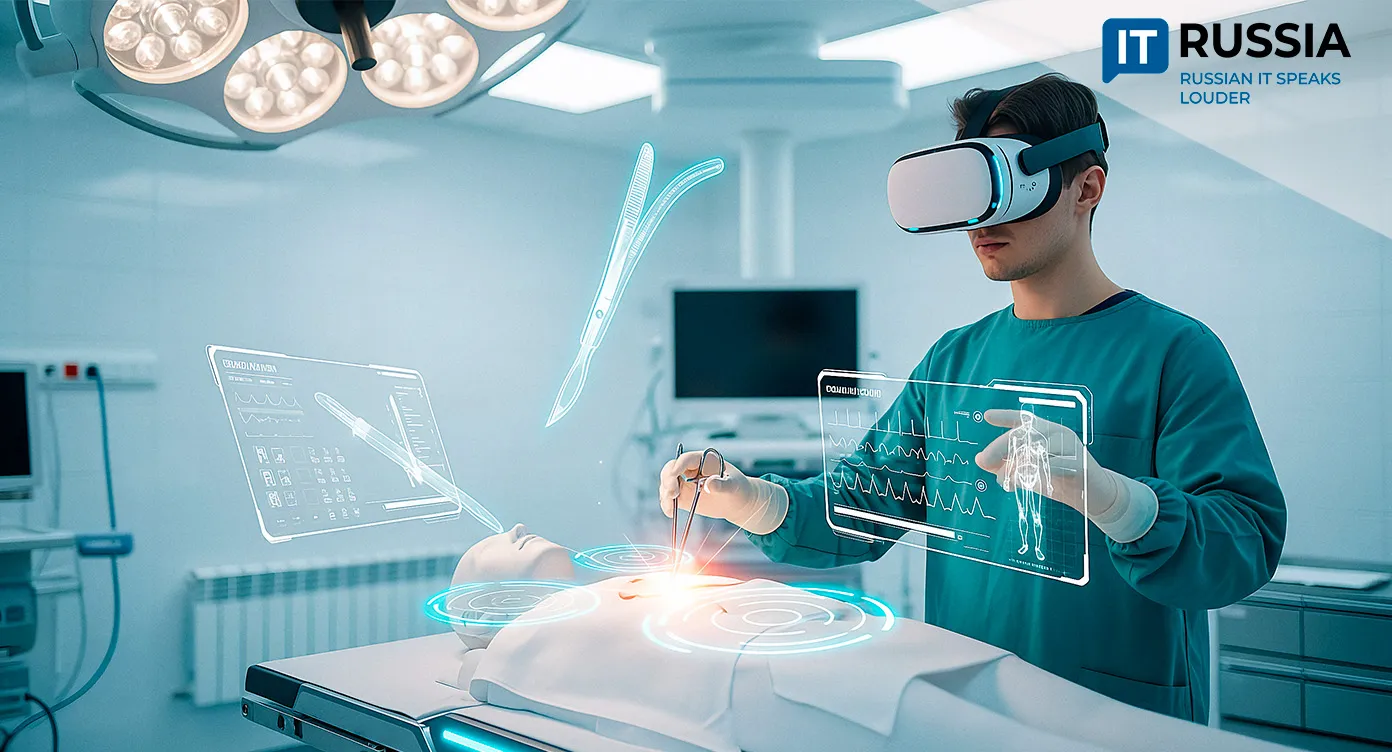
The Patient Is Ready for Experiments
The possibilities of digital reality rarely leave anyone indifferent, especially when applied to education. “Before, we studied complex topics through textbooks, diagrams, and videos, but now we can practice right here and now. Virtual operating rooms let us make mistakes, learn from them, and start over without fear of causing harm. It is a space for bold experimentation,” says Irena Belousova, a sixth‑year student at Volgograd State Medical University.
Students, including senior pediatrics majors, are now learning through VR headsets, practicing procedures in the virtual operating rooms of the Center for Electronic Medical Education at VolgSMU. This is not a technological ‘toy,’ but a genuine training ground for developing hands‑on skills. Modern simulators allow students to rehearse rare clinical cases and automate behavior algorithms for critical situations.

According to students, the key advantage is the ability to learn from one’s mistakes. They can repeat complex procedures endlessly without risking harm to the virtual patient. This safe and highly realistic format opens a new chapter in medical training, where technology enhances real‑world clinical confidence.
A Medical Metaverse in the Making
The methodologies already developed show strong potential for scaling—especially if the university succeeds in creating its own software. Such solutions could be in demand abroad, particularly in countries where medical students lack access to sufficient clinical practice.
In Russia, the project could expand into virtual training programs for intensive care teams, simulations for inpatient care, and VR modules for nursing students. In the future, the technology could be integrated into professional development programs for practicing physicians as well.
However, further progress requires stable funding for hardware upgrades and software development. Another key task is training faculty and creating methodological materials that align virtual practice with the realities of Russian healthcare.
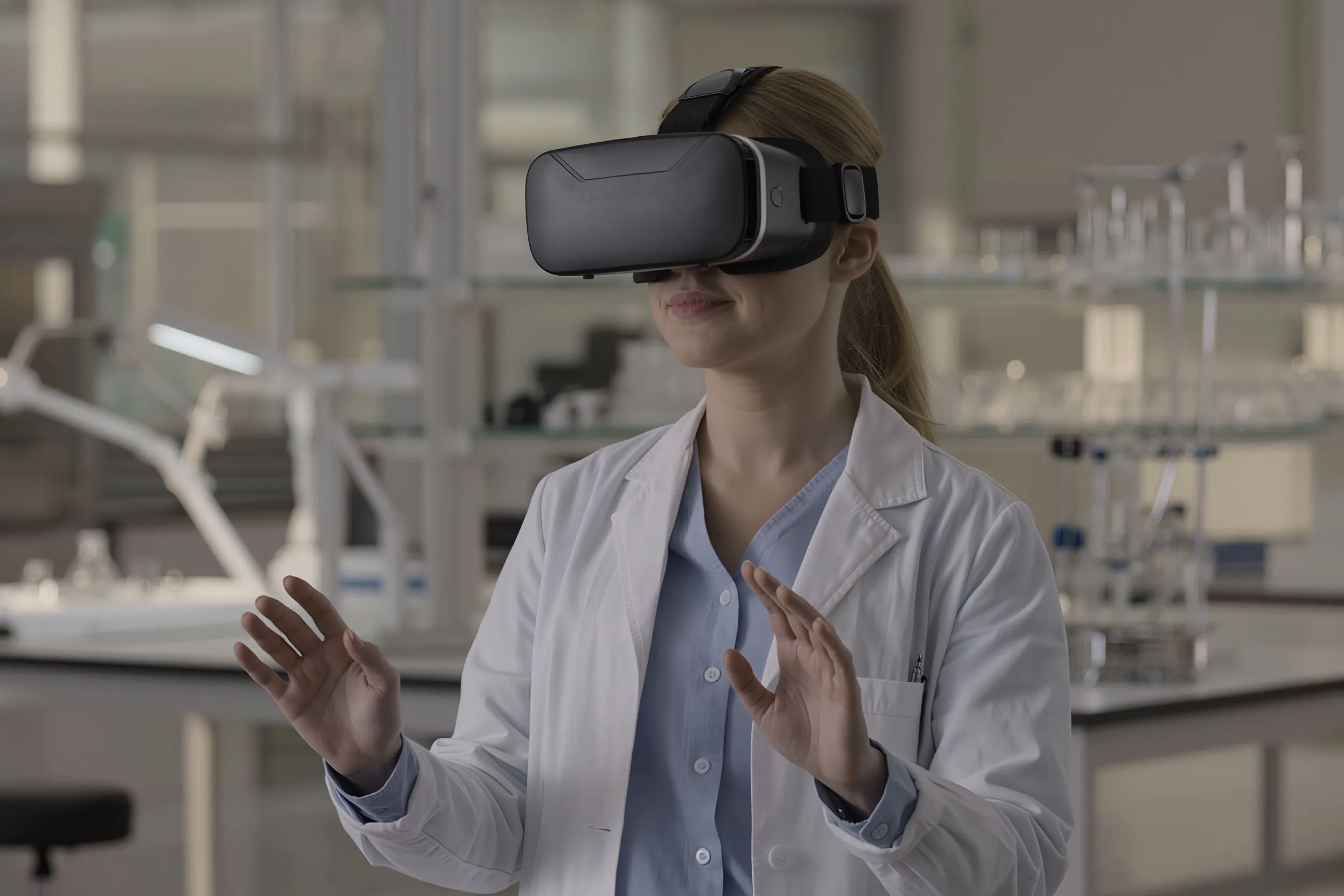
Hands‑On Digital Training
VR‑based first‑aid training at VolgSMU began back in 2023. During the ‘CODE NOMUS’ forum, instructors conducted sessions using the Medicine‑VR system. Students practiced treating myocardial infarction, pulmonary edema, angioedema, and fainting (hypoglycemia).
In August of this year, the university received new VR simulation systems, including headsets with software for simulating outpatient visits and interacting with pediatric patients.
This internal momentum reflects a global trend: VR/AR tools are gaining traction in medical education worldwide. In the United States, South Korea, and Japan, AR technologies are part of national digital healthcare strategies. In some U.S. medical schools, students study anatomy using holograms that depict organs in 3D, allowing them to “cut,” rotate, and “operate” on digital patients.

Russia already has numerous examples as well. Samara State Medical University is among the most active institutions in developing VR training modules. Its projects include simulators for surgical operations, eye examinations, wound treatment, patient assessment across multiple specialties, and emergency response. At Sechenov University, students use VR tools to practice not only surgical procedures and examinations but also pharmaceutical manufacturing. At South Ural State Medical University, VR technology supports training in cardiopulmonary resuscitation. The trend is unmistakable—and accelerating.
Quiet Please, Students Are ‘Playing’
These efforts could eventually form a cohesive digital ecosystem for medical education, where VR becomes as common as a textbook. This would raise the quality of training nationwide and strengthen the global competitiveness of Russian medical schools.
A good lesson should be both informative and engaging, and digital technologies excel at this. Sixth‑year student Maria Kovaleva confirms: “When you put on a VR headset, you fully immerse yourself in the process and become an active participant, not just a listener. It is far more captivating than any lecture or documentary. Learning becomes an exciting game where you are the main character.”

















